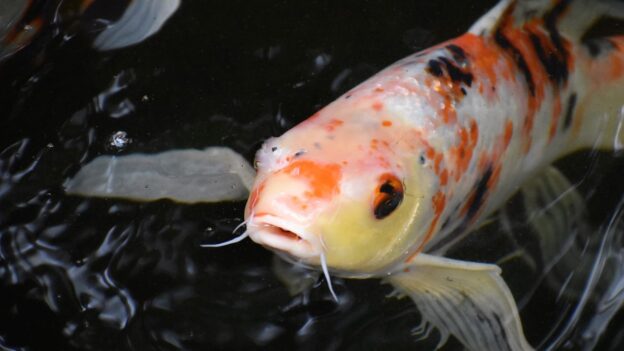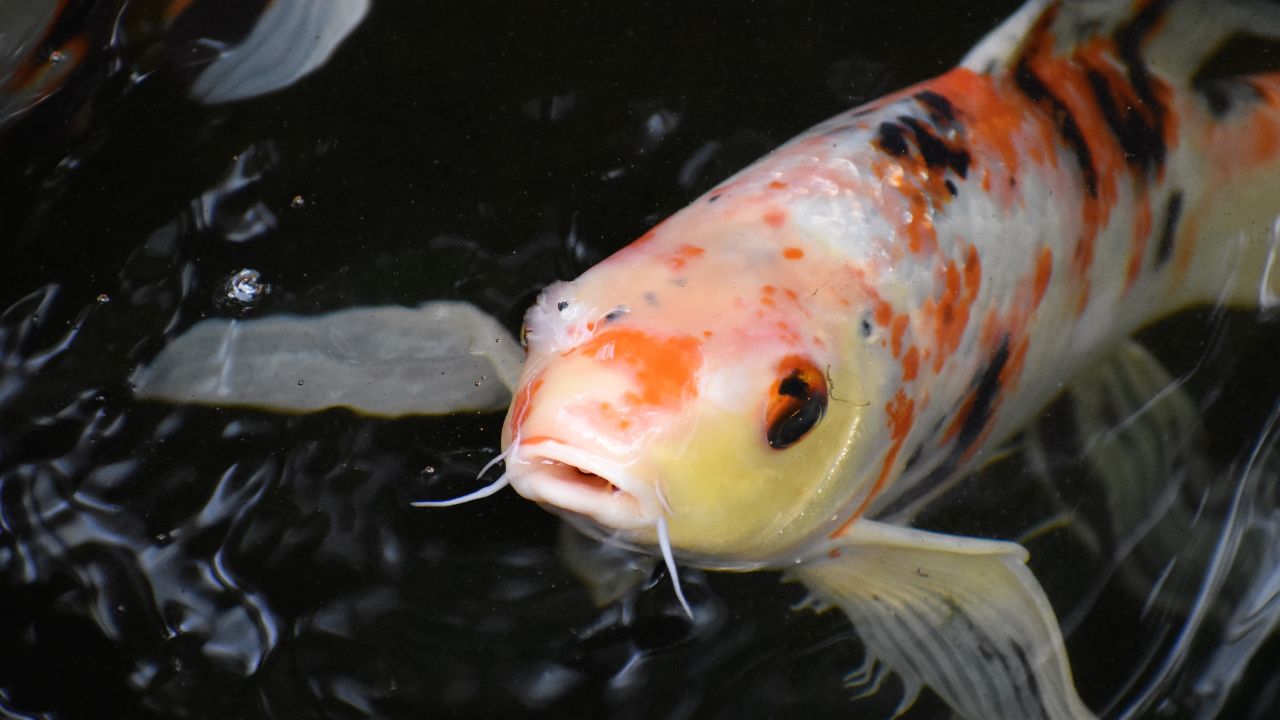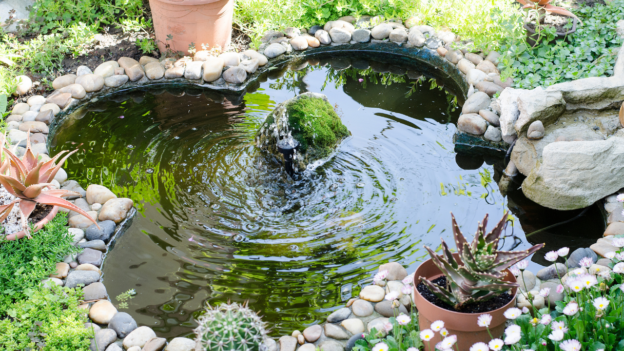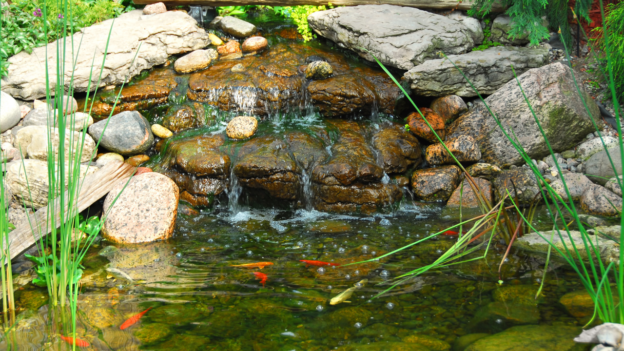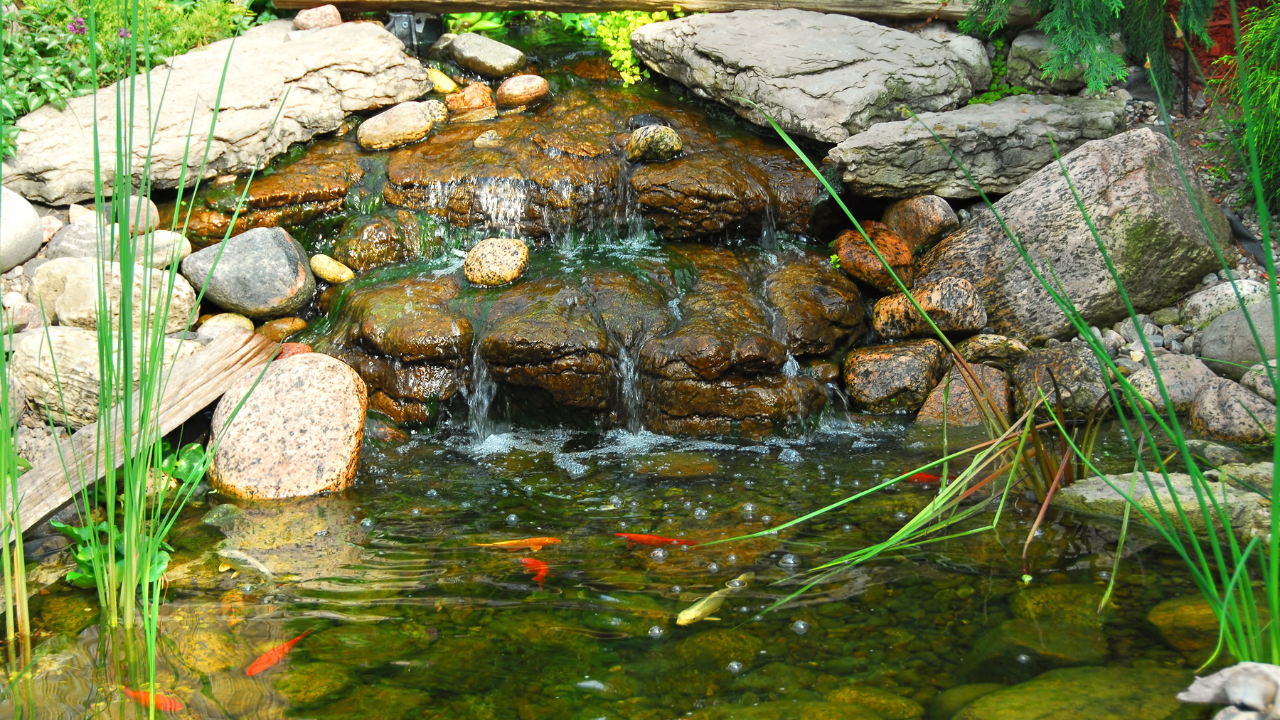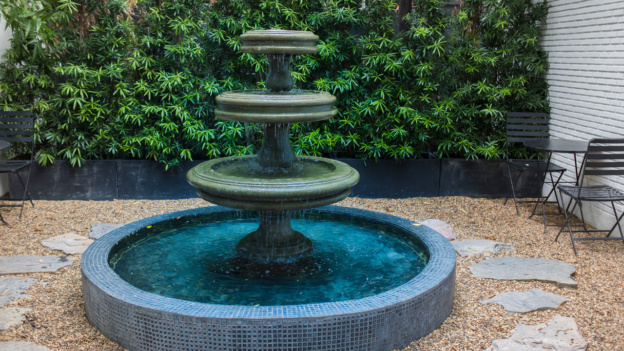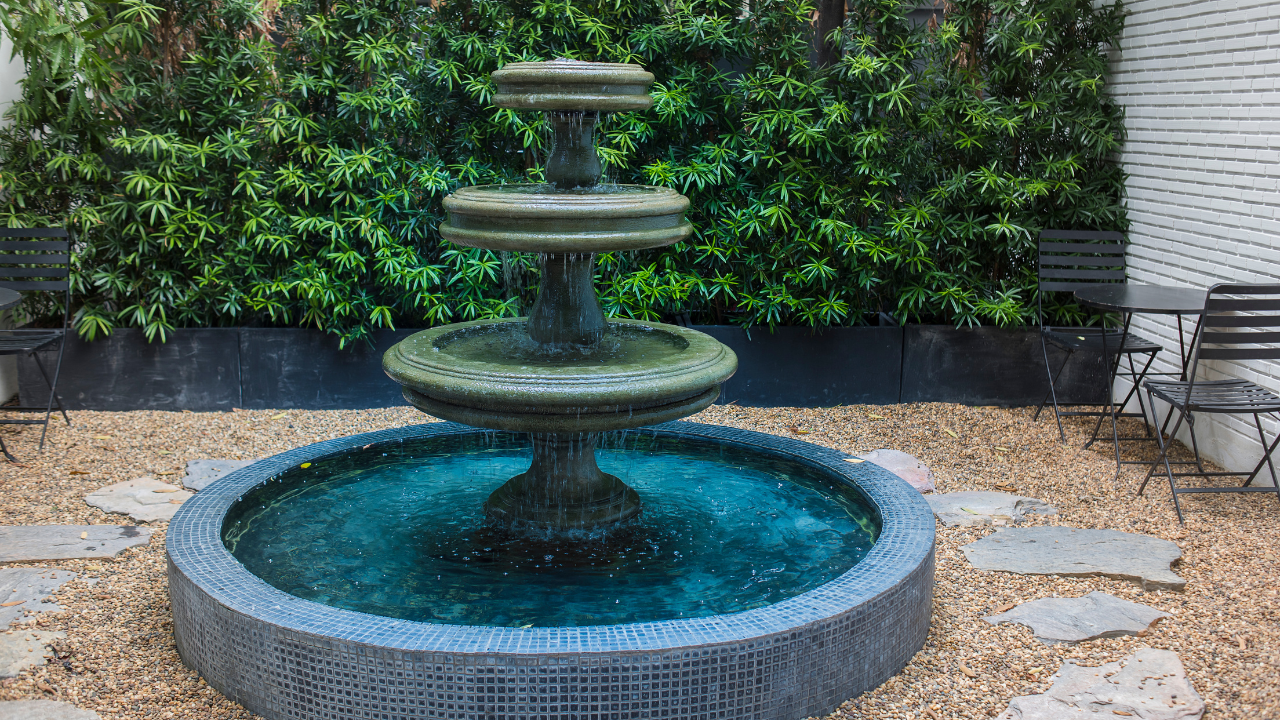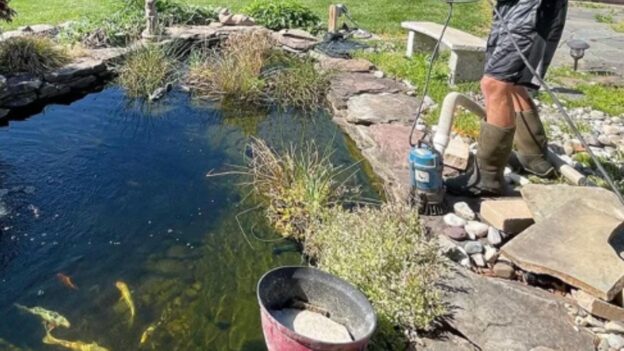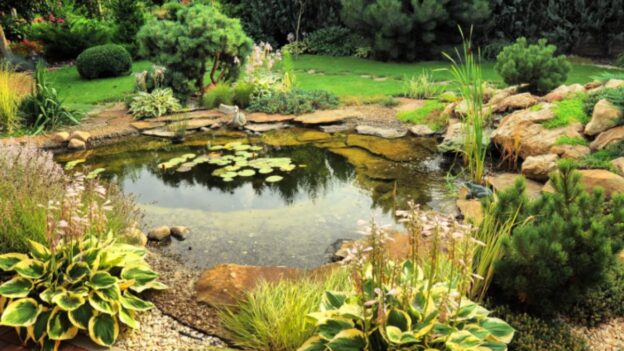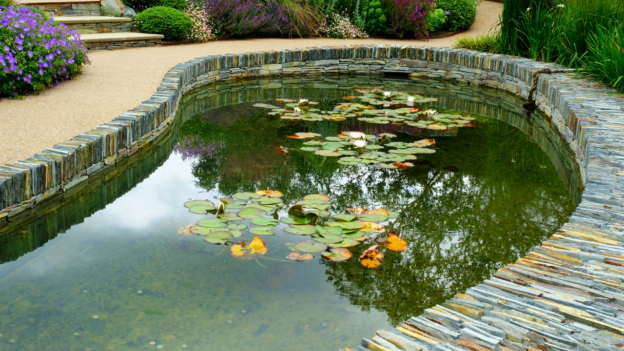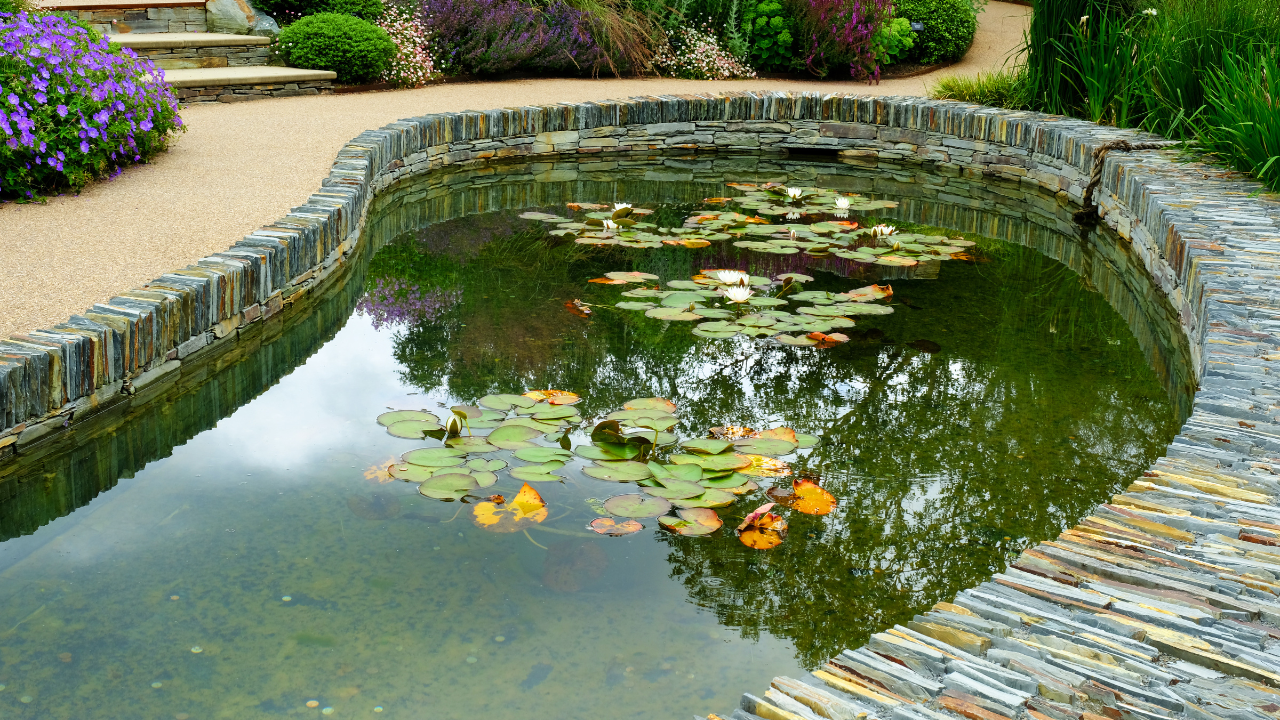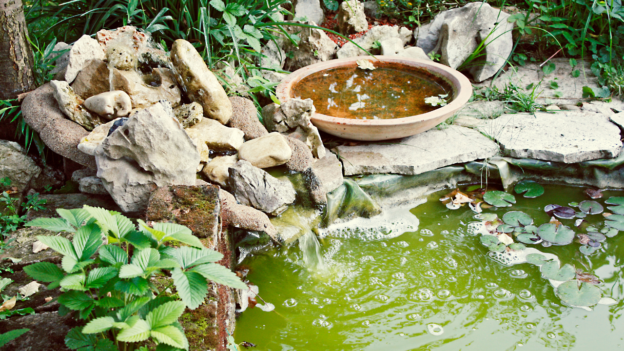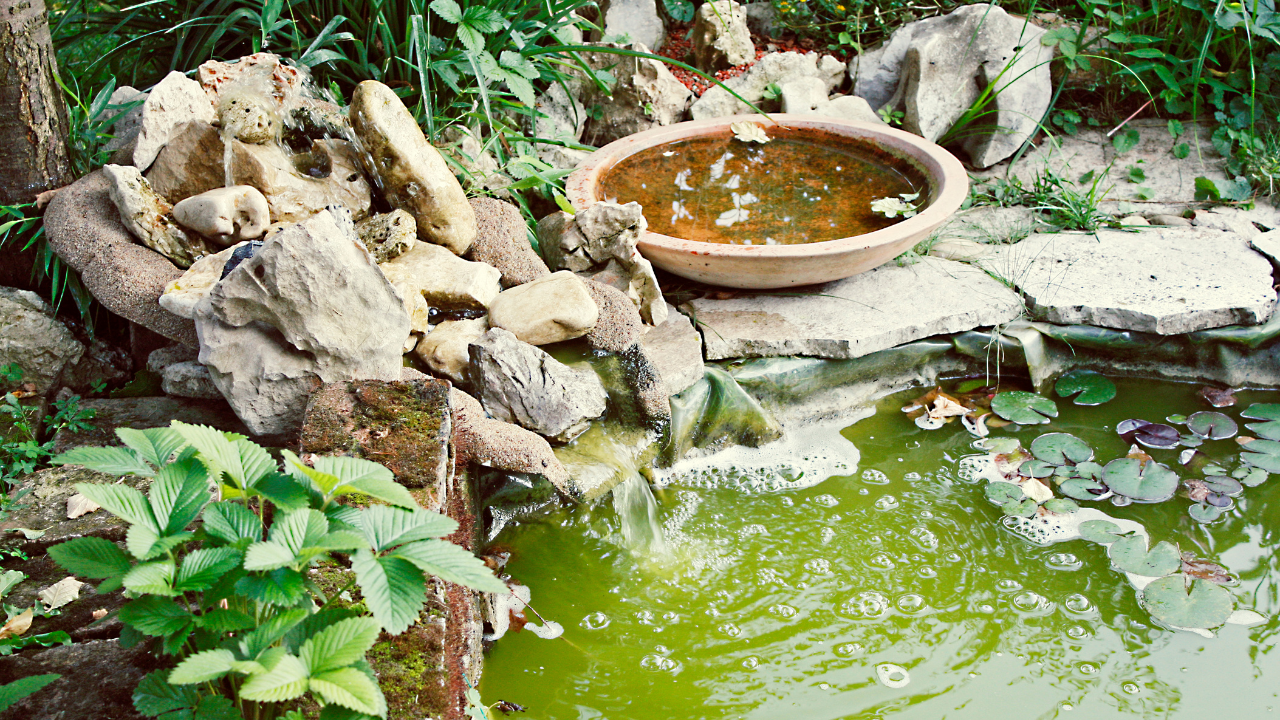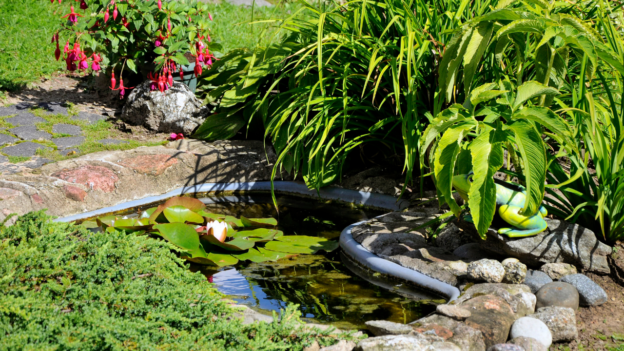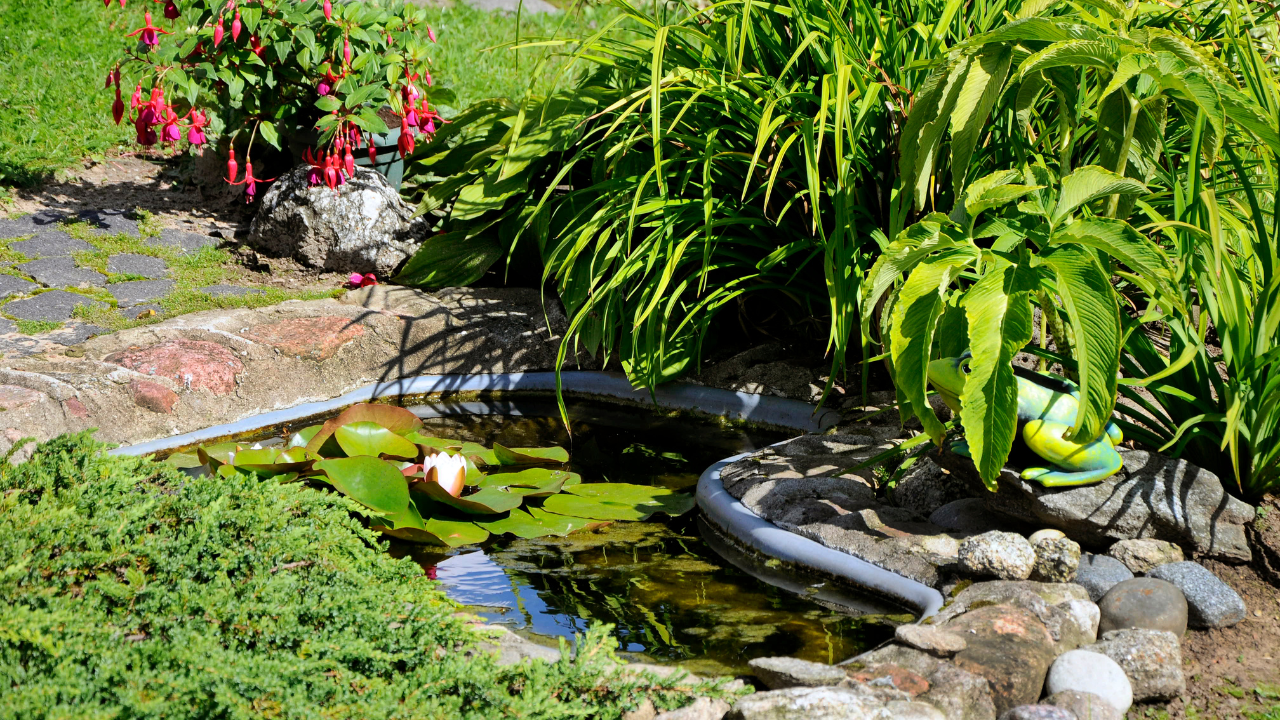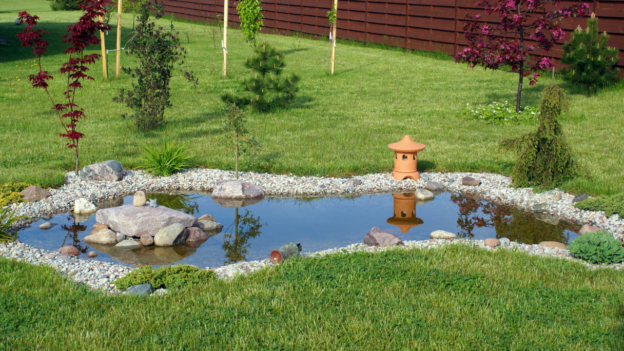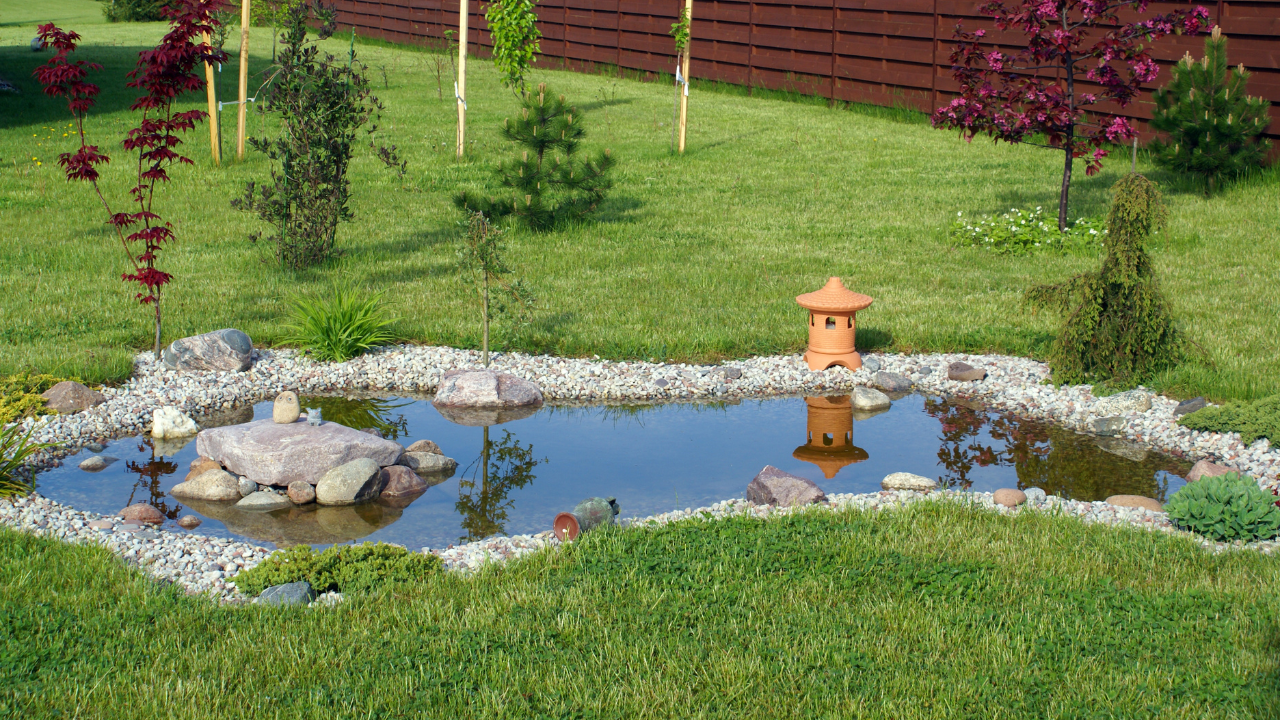Key Takeaways:
- Commercial ponds need pro care – More fish and visitors mean bigger maintenance needs than backyard ponds.
- Dirty water hurts business – Green water and sick fish create bad impressions that can drive customers away.
- Prevent problems before they start – Regular water testing and filter cleaning keep ponds looking perfect.
- Fast fixes save money – Emergency repair services stop small issues from becoming expensive problems.
- We handle everything – From pump repairs to fish health, our complete service keeps your pond worry-free.
If you own a hotel, restaurant, or any business in Orange County, you know how important first impressions are. A beautiful koi pond or water feature can make your place stand out. Guests love the relaxing sound of water and watching colorful fish swim by. But here’s the catch—keeping a commercial pond in great shape takes work.
That’s where professional pond and fountain repair in Orange County comes in. You didn’t build your business to spend hours cleaning ponds or fixing pumps. And let’s be honest, when something goes wrong, like green water or a broken filter, it’s not just an eyesore. It can turn customers away.
Why Commercial Koi Ponds Need Special Care
A backyard pond is one thing. But a commercial pond? That’s a whole different story. More fish, more water, more people looking at it every day. If the water gets cloudy or the fish look sick, guests notice. Fast.
Here’s what happens without proper care:
- Algae takes over, turning the water green.
- Fish get stressed (or worse) from poor water quality.
- Pumps fail, leaving ugly, stagnant water.
- Clogged filters stop working, causing bad smells.
Not exactly the vibe you want for your business, right?
The good news? With the right pond fountain parts and supplies in Orange County and regular maintenance, your koi pond can stay crystal clear and healthy all year.
What Commercial Pond Maintenance Includes
Keeping a commercial pond in top shape isn’t just about scooping out leaves. It’s a full-service job. Here’s what we do:
1. Water Quality Checks
The key to a healthy pond? Clean water. We test pH levels, ammonia, and oxygen to make sure your fish thrive. If something’s off, we fix it fast—before it becomes a bigger problem.
2. Filter Cleaning & Upgrades
A dirty filter means dirty water. We clean and maintain filters to keep everything flowing smoothly. If your pond needs a stronger system, we install custom-made filtration units that handle heavy use.
3. Pump Repairs & Replacements
No water movement? Big problem. We check pumps, fix leaks, and replace worn-out parts. If you need a new one, we provide pond and fountain pumps built just for your pond’s size.
4. Fish Health Care
Koi are tough, but they need the right conditions. We check for signs of stress, disease, or overcrowding. Plus, we remove fish waste buildup so your fish stay happy.
5. Algae & Weed Control
Green water isn’t just ugly—it’s bad for fish. We use ultraviolet sterilizer units to kill algae without harsh chemicals. No more murky ponds!
Common Problems (And How We Fix Them)
Even the best ponds run into issues. Here’s what we see most in Orange County businesses:
- Murky Water: Usually from algae or poor filtration. We adjust chemicals and clean filters to clear it up.
- Clogged Pumps: Debris blocks water flow. We clean or replace parts as needed.
- Leaking Ponds: Cracks or loose liners, wastewater. We patch them up fast.
- Sick Fish: Often caused by bad water. We test and treat it before it gets worse.
The fix? Regular maintenance. Waiting until something breaks costs more in the long run.
Why Hotels & Restaurants Love Our Service
Time is money in business. You don’t have hours to spend on pond care. That’s why our commercial accounts get:
- Scheduled visits (so you never forget maintenance).
- Emergency repairs (because problems don’t wait for normal business hours).
- Custom solutions (every pond is different).
We make it easy. You focus on your guests—we’ll handle the pond.
Where to Find Reliable Pond Fountain Parts and Supplies in Orange County
Some companies just clean ponds. We do more. If your pond needs new pumps, liners, or filters, we’ve got you covered. Our custom-made parts fit perfectly, so your pond runs smoothly.
Need a quick fix? We stock common repair and replacement parts to get things working fast. No waiting for shipments—just fast service.
Keep Your Pond Perfect With Orange County Pond Services
A stunning koi pond should bring customers in, not stress you out. At Orange County Pond Services, we take care of everything so your water features stay beautiful. From garden fountains in Orange County to large commercial ponds, we’ve got the skills and supplies to keep them running right.
Don’t let a dirty pond ruin your business’s look. Call us today, and let’s keep your pond—and your customers—happy.
